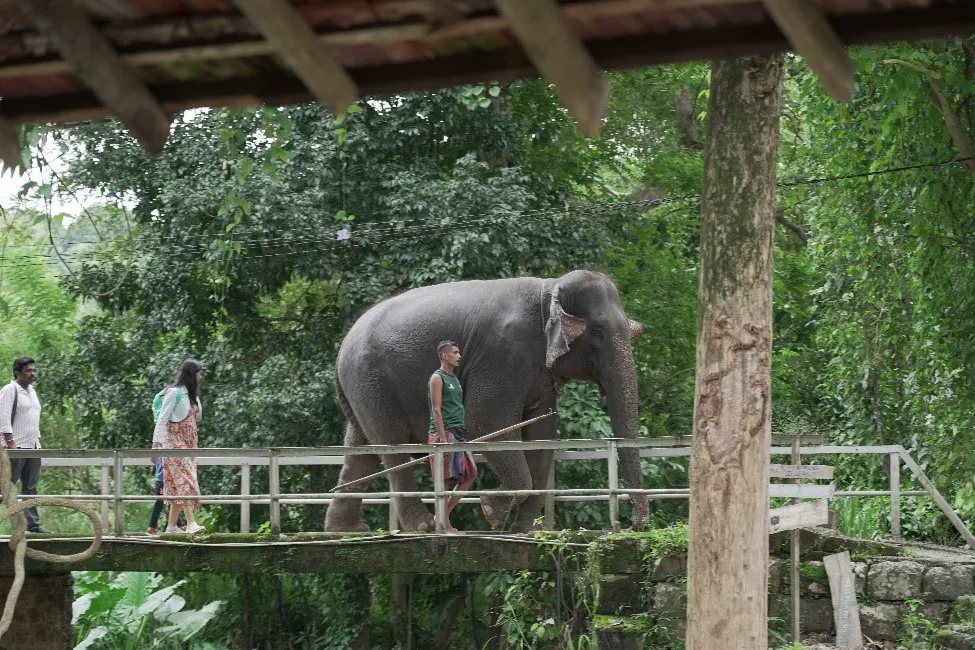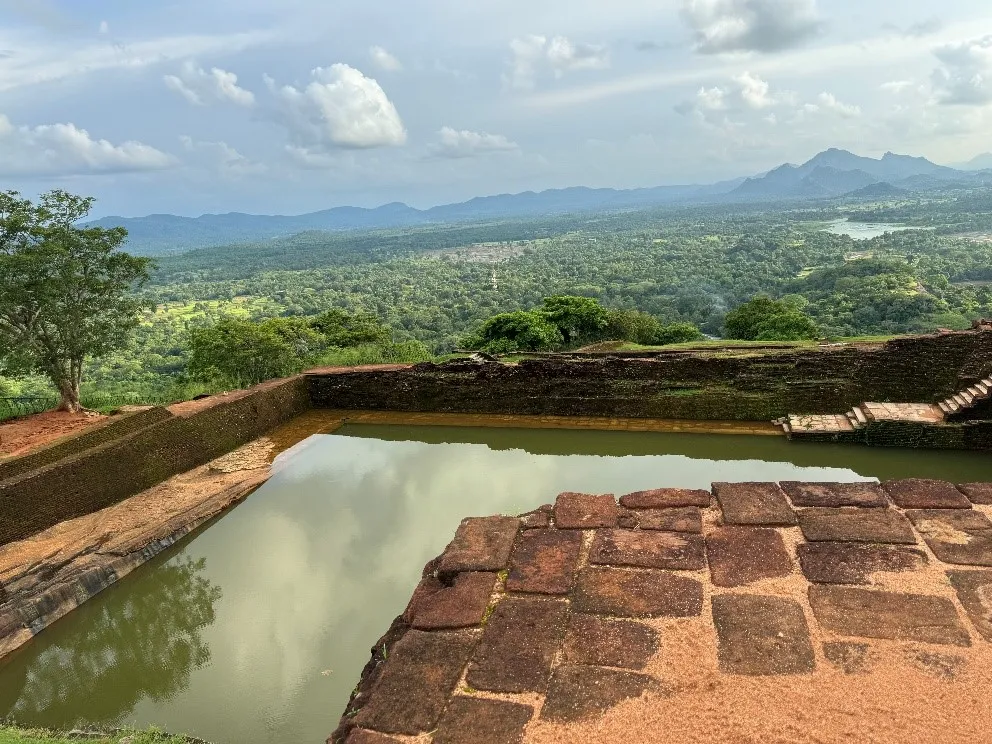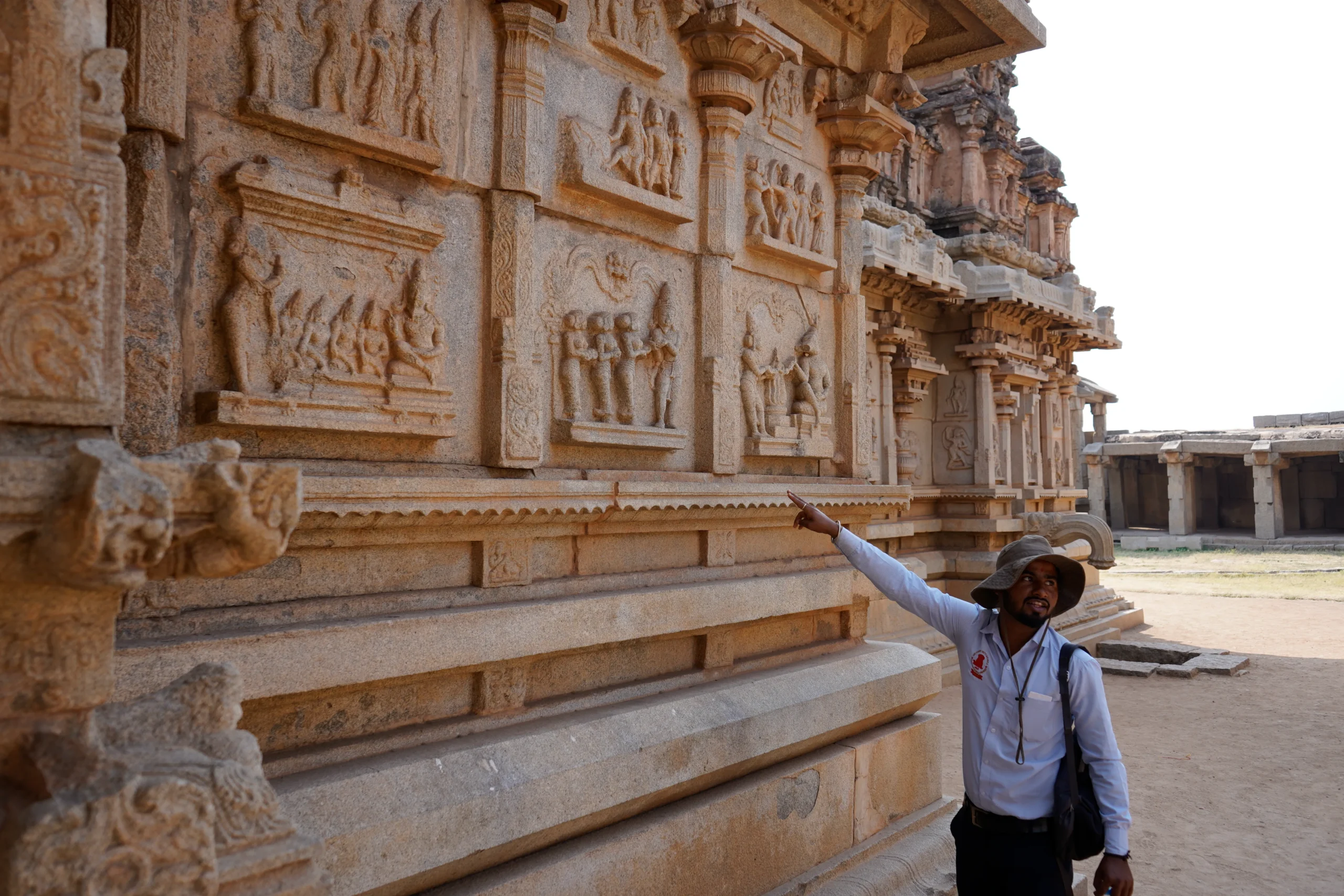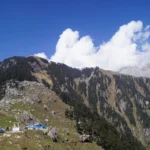Bhutan Architecture And Slice Of History – The Dzongs
Lorem Ipsum is simply dummy text of the printing and typesetting industry. Lorem Ipsum has been the industry’s standard
Ritu@2017
Whether you find sight seeing in Bhutan exciting or insipid depends upon your expectation from the “sights” you’d like to see on a trip. If you’re looking to explore a new culture, a new and different way of life, discover the History of a nation that is interesting and intriguing, then Bhutan should figure as a “must-see” in your list of destinations.
It isn’t just the natural beauty of this fascinating country that is attractive; its architecture and history are equally interesting. The architectural heritage of Bhutan comprises two distinct types of structures – The Monasteries and The Dzongs.
Dzongs are imposing and gargantuan structures built as fortified defenses that functioned as fortresses, built around the 17thcentury, primarily to defend the kingdom from attacks by Tibetans.
Bhutan has nine Dzongs that are significant to the country and we visited three of them – Thimpu, Punakha and Paro.
THIMPU
The Dzong at Thimpu allows visitors after 5 pm (when government offices close officially). This was the first Dzong we visited and were fascinated by the very size of the structure. Little did we know then that the Dzong at Thimpu is perhaps the smallest of them all.
The Thimpu Dzong is the seat of the Government of Bhutan, as also the Monastic Seat, and to be able to walk through the Dzong at our own pace was an experience in itself. Cannot imagine doing that in the Indian Parliament for example.
Although security was tight at the entrance (for obvious reasons), it was amazing to just walk the open spaces, corridors etc that the king of Bhutan, the ministers etc would perhaps have walked through that very day!!
The river Wangchu flows right along the Dzong and you can hear the flow of the water in the silence of the surroundings. The palace of the monarch can be seen from the vicinity of the Dzong. BUT, you won’t know it is the “palace” of the King and his lovely Queen because it is a simple, ground floor, small structure surrounded by a garden and nothing more. It is almost inconspicuous and when passing through the area, the only giveaway are the fortifications in the adjoining area.
Unlike (as we’ve mentioned before) the noise we as Indians are used to, even in (or may be we should use the term ‘especially’ in government offices), in Bhutan there are no signboards ‘warning’ us to “Keep Silence”. The serenity is so infectious that no one, yes, not even Indian tourists (who the locals almost dread) create a racket anywhere in Bhutan!
PUNAKHA
Our next stop was Punakha Dzong. This Dzong was the seat of the government until the capital was shifted to Thimpu in 1955.
It is undoubtedly the most majestic of the three Dzongs we saw. John told us that it is indeed the largest of all Dzongs in Bhutan. It is also the venue where coronations of all the kings of the Wangchu dynasty take place.
The Dzong is located at the confluence of two rivers – the Po Chhu and Mo Chhu rivers of the Punakha-Wangdi valley – and is approached through a cantilever bridge. An architectural marvel, this wooden bridge is almost 180 meters long.
The Dzong is very impressive – beautifully ventilated and lit – and barring the monk’s living quarters and administrative areas, the whole Dzong is open to visitors.
According to a travel site, the Kuenrey at the far end of the Dzong is a must see for its paintings that also adorn the high ceilings.
PARO
Paro Dzong is also located right above the Paro river and would likely be the first Dzong most visitors to Bhutan would see (because the International Airport is in Paro and for tourists, it is the point of entry into the Himalayan nation).
It is quite majestic although we thought nothing could beat the Dzong at Punakha in its grandeur and sheer size.
Uphill from the Dzong is a watchtower like round structure called the Ta Dzong. Bhutan’s National Museum is housed in the Ta Dzong and is a must see for visitors for its collection of art, artefacts, pictures etc. One of the most interesting exhibits is a 19th century ‘horse egg’. Made of an unknown substance, the egg is believed to have originated from a horse in Trashiyangtse. The gallery that showcases ‘Masks’ we found most engrossing.
The museum was partly destroyed in an earthquake in 2011 and is currently closed. The exhibits have been moved to another building temporarily. The renovated museum will be ready for visitors in 2015.
Cameras are not allowed inside the Museum.
More about Dzongs
A Dzong comprises imposing stone structures with wooden beams dexterously fixed to form the roofs. Traditional Bhutanese architecture doesn’t use any nails or iron bars in construction and that makes these humongous structures even more amazing.
According to our John Dzongs were constructed without architectural plans or drawings (much like the forts in India). The construction took place under directions from a religious head.
Since the country was united in 1907, Dzongs serve as administrative centres of their districts. Government offices are located within the Dzong.
Things to remember
A couple of things one must keep in mind while travelling anywhere in Bhutan and especially when visiting Dzongs:
- Sleeveless shirts, skirts and the like are not allowed inside. You will be asked to cover up in a jacket if you’re found to be inadequately dressed. However, our experience in the three Dzongs was different from each other. In Thimpu Dzong, a group of Japanese tourists comprised women wearing knee length cargoes and were not stopped, while at Paro Dzong, we were asked to cover up with jackets because we wore half sleeved shirts! At Punakha Dzong, no one objected to our half sleeved shirt.
- We were told that entry into Dzongs is not permitted without a licensed tour guide. However, we visited all three Dzongs without one. If you read up on the Dzong before your visit, you won’t really need a guide. However, if you’re very keen on knowing the history of the Dzong, the temple inside etc, hiring a guide would definitely help.
- A guide will be provided by your tour operator or travel agent. We did not come across private guides during our stay. The official website of the Bhutan government has a list of tour operators that can be looked up here.
- Photography is allowed inside a Dzong, but not inside the temples, even within the Dzong.
- There is no entry charge to see the Dzongs.
- There are toilets inside Dzongs. They are relatively clean but may not be very suitable for Western sensibilities (for starters, they use water and not toilet paper).
- Bhutan tradition and dress code requires the Bhutanese to wear the traditional ‘formal’ dress while entering a monument etc. John refused to enter a Dzong because he was not appropriately dressed – he was wearing the ‘Gho’ but was not carrying the off-white scarf (stole) ‘Kabney’ mandatory when visiting formal places like Dzongs.



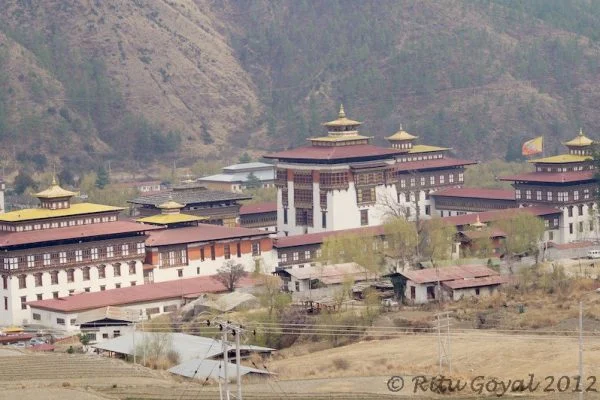




Author Details


